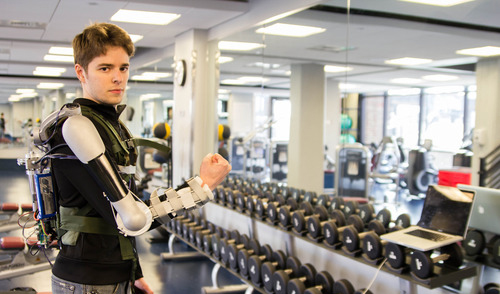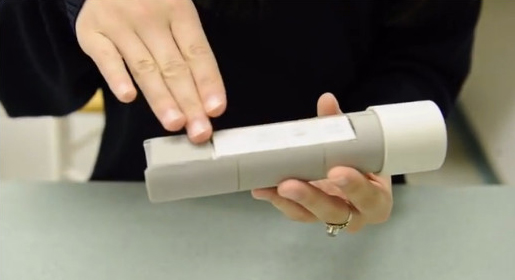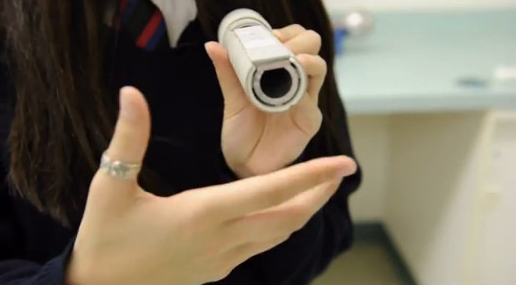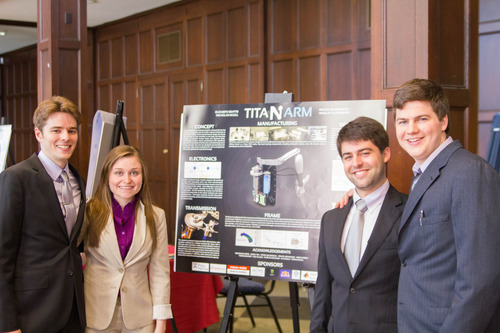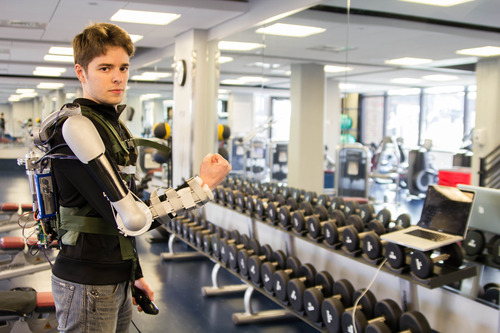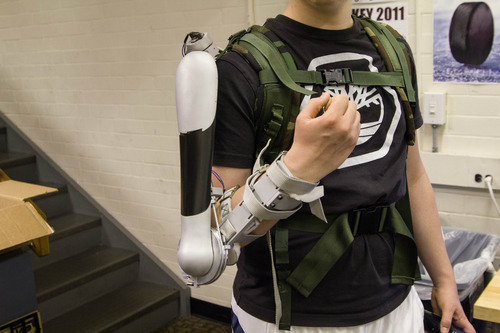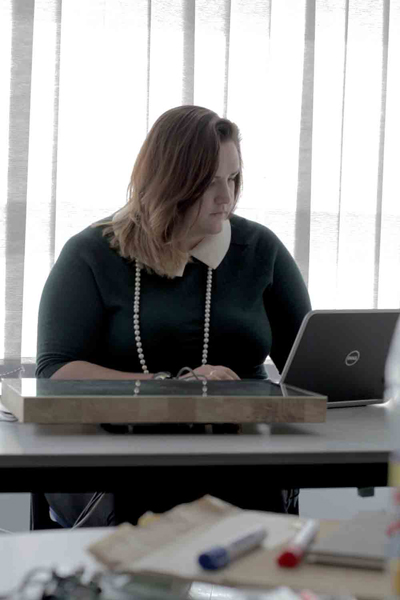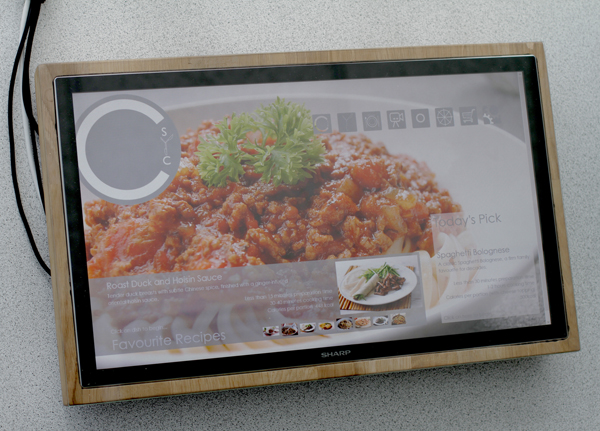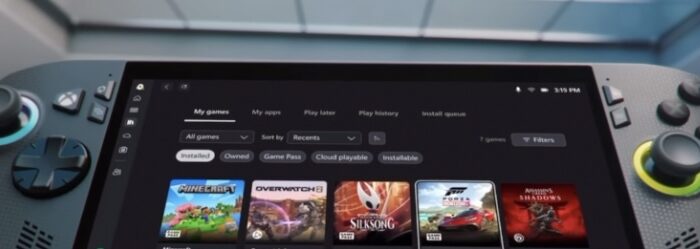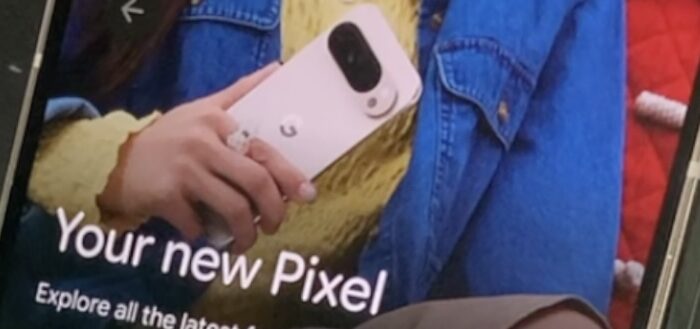Its award-winning ideas this week as we explore a number of engineering contests that have revealed student inventors displaying more than just their talents, but the ability to spot something entirely new.
The Battery-Free Flashlight
Since LED lights consume just a fraction of the power of traditional bulbs, do we really need to use batteries with them? 15 year-old Ann Makosinski did the numbers and found that the heat of your hand produces more than enough energy needed. She replaced the batteries of a flashlight with a set of special tiles that produce an electrical current when heat passes through them. Just holding the flashlight produces 5.4 mW, enough to power the light.
Although Ann’s invention took the bronze at her local science fair in Victoria, B.C. she went on to capture the top prize for her age category this year in Google’s global Science Fair competition. Google was impressed by the way she followed through her ideas not just to inspire thought about better approaches to batteries, but how her flashlight could be useful in developing countries where kids, who work in the fields in the day, struggle to read and better themselves at night after the sun goes down.
Yes, other lamps have been made to solve this, but they require daylight charging (solar powered) or exerting yourself after a hard day’s work (hand-cranking). With Ann’s flashlight you simply have to hold it to read.
Titan Arm
A team of four students from the University of Pennsylvania are turning heads this year with a robotic arm that you strap to your own, giving you an added 40lbs of strength. They’ve already won $10,000 for the top prize at this year’s Cornell Cup and are now the favourites to win the James Dyson Award for a further £30,000 top prize and an added £10,000 for their school.
Nick McGill, Elizabeth Beatti, Nick Parottae, Niko Vladimirov
It’s an exeoskeletal arm, meaning that it is a frame that adds artificial muscles on top of your own. When you lift an item and reach your limit, the Titan Arm kicks in adding its strength so you can continue to lift more. If you get tired, the Titan Arm can compensate to help out and prevent you from the accidental strains that cause injury. If you pick up something that’s quite heavy and find you can’t put it down right away, you can lock the Titan Arm to brace and take the weight until you’re free to drop the load.
If you’ve already suffered an injury, it can be used to measure and monitor your physical performance, sending data wirelessly to a computer for rehabilitation professionals to use in your therapy. It’s not about turning you into a super human as it is about avoiding the injuries common in labour-focused tasks.
Exoskeleton suits have been around for years. In 2005 I had the unusual pleasure of being carried around like a doll by a woman two-thirds my size, wearing an exoskeleton suit from the Kanagawa Institute of Technology, Japan. Teams around the world have been making such suits, but at a cost of $100,000 and up, they can never see practical use.
By comparison, the Titan Arm was made for less than $2,000. That’s a breakthrough and it means that the Titan Arm could be offered to factories and warehouses right alongside pump trucks and fork lifts.
Chop-Syc
When television manufacturer Sharp held an ideas competition earlier this year they had no idea what they were in for. Dubbed “Get It Down On Paper” the idea was to let students sketch out a cool idea for everyday life and then share it to Sharp on Twitter. The winner gets an internship at Sharp Labs in Oxford, England.
As a manufacturer of LCD screens, they really liked Siobhán Andrews’ concept of a cutting board tablet that can help you with meal preparation while still taking the abuses of a chopping knife.
Their intent was to give her a mentor and a learning experience, but she showed up at their door not just ready to learn, but ready to solder, code, and make this thing real. In just six weeks she produced a working prototype which is remarkable.
The Chop-Syc is a touchscreen tablet that can weigh ingredients as you place them on the screen, allowing you to keep track of them, but also adjust recipes loaded recipes for different serving sizes. With built-in Wi-Fi it can access recipes and online information, creating a process for awareness of portion sizes and calorie consumption. All this and with a tap of a setting it can be set to use as a cutting board too.
Women have a small presence within the fields of science and technology today. Siobhán Andrews’ story, as shown in the video above, sets an example not just for young girls cultivating a similar interest, but for employers looking to hire.

